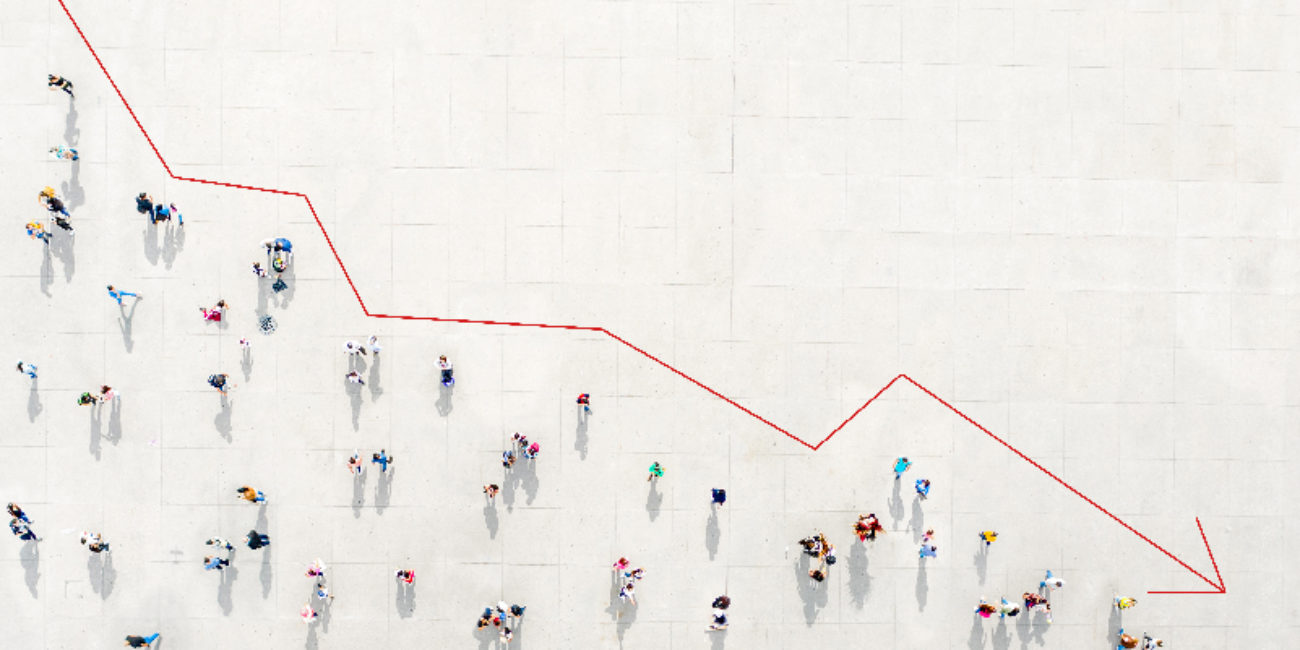Most spring enrollment numbers are down — but grad enrollment is up
Springtime may not bring relief to colleges and universities hoping for an influx of new students, according to the latest data released by the National Student Clearinghouse Research Center. Overall, college enrollment for the Spring 2021 semester is down 2.9% on a year-over-year basis, due in part to a 4.5% decline in undergraduate enrollment. Community colleges are the hardest-hit category, with a 9.5% decline. “Public four-year undergraduate enrollment is currently falling more precipitously (-3.3% this spring, -1.1% last spring and -1.9% last fall). Graduate enrollment, on the other hand, is growing at a higher rate (+4.3% this spring, +1.5% last spring, and +2.9% last fall).”
Source: National Student Clearinghouse Research Center
Tribal colleges are reeling from the pandemic
“Lack of internet access, declining first-year enrollment and increasing student withdrawals are just some of the pandemic-related challenges” facing the nation’s tribal colleges. Researchers from the American Indian Higher Education Consortium who surveyed students at 13 tribal colleges in December found that most (56%) expect to be late paying their bills. A majority also said they have more difficulty understanding course material (57%); are less engaged in class (55%); interact less with classmates and instructors (both 53%) and have more “interfering factors that prevent them from studying” (53%). “The enrollment picture varied greatly across institutions, with 21 tribal colleges reporting decreases — among institutions reporting decreases, the average decline was 19% — and 13 reporting increases, with the average increase among these institutions being 28%. Of concern, however, was an 11% drop across the tribal colleges in Native American freshmen enrollment.”
Source: Inside Higher Ed
States’ support for higher education rose slightly in 2021, thanks to federal relief money
After rising 4.4% in each of the previous two years, states’ financial support of colleges and universities rose just 0.3% in the 2021 fiscal year. “The increase was fueled by nearly $2 billion in federal Coronavirus-relief money that the states received for higher education through the Cares Act… Without federal money included, state support for higher education was down 1.3%.” The states with the largest decline in funding were Nevada (-17.8%), Alaska (-10.5%) and California (-7.5%). “Vermont was an outlier, with a 45.7% increase that stemmed from a one-time allocation to colleges. Other double-digit increases include Washington state (13.8%), Ohio (12.3%), and New Jersey (11.4%).”
Source: Chronicle of Higher Education
Several schools announce plans for long-term suspension of testing requirements
A growing trend fueled by the COVID-19 pandemic may outlast the global health crisis. Several of the 1,700 schools that have waived standardized test application requirements now plan to keep those policies in place for at least a few more years. “The University of Kentucky became one of those institutions to extend its test-optional policy beyond 2023 to 2024-2025. It joined Babson College in Massachusetts and Bucknell University in Pennsylvania in giving students through the Fall 2024 admissions cycle to not include scores in their requirements for admission. The University of Oklahoma extended its policy through 2025, while Seton Hall University lengthened it to 2026, the longest of any non-permanent policies.”
Source: University Business
